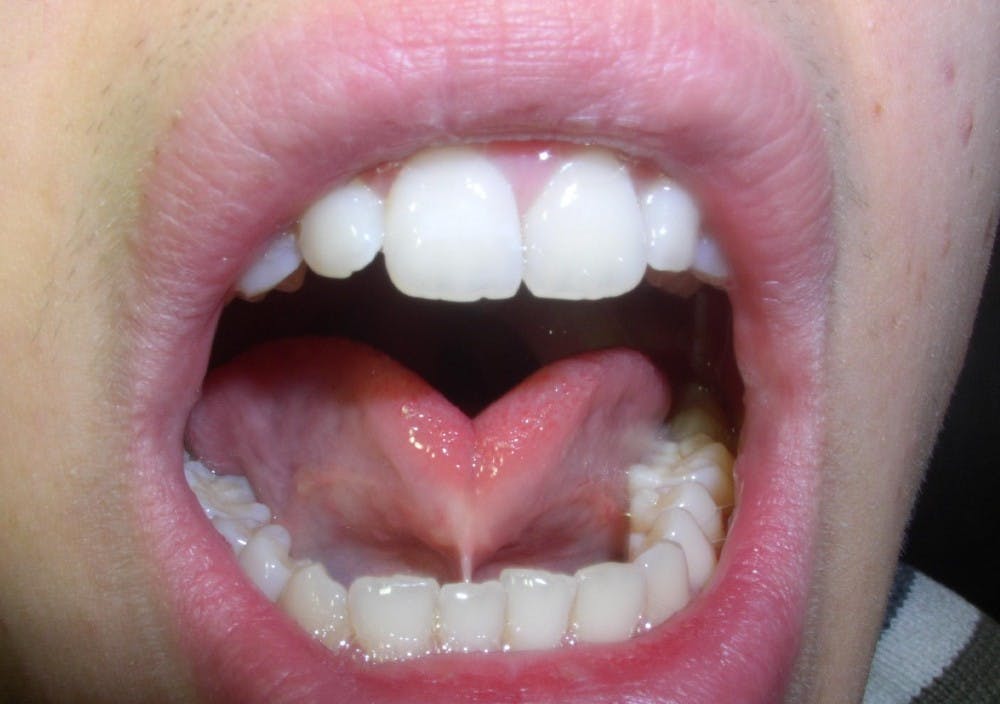By PAIGE FRANK For The News-Letter
A little bad breath never hurt anybody. Now it could even save your life. A study released by the American Chemical Society journal Nano Letters reports that scientists in Israel have identified the presence of various volatile organic compounds (VOCs) released in breath.
They have linked some of these compounds to specific diseases and conditions ranging from lactose intolerance and obesity to diabetes and cancer.
By mapping out patterns of these VOCs, scientists are able to create an identifying fingerprint representative of any given individual’s breath. Previously, the task of creating a breath fingerprint demanded the use of an unwieldy number of different sensors and monitors. Technology has now taken the next step, transforming breath “sniffing” into a viable method of diagnosis.
A number of different projects have been exploring the limits of breath testing. In a study published by the British Journal of Surgery, the analysis of VOCs was 75 percent accurate in identifying colorectal cancer. Other studies have linked Type I Diabetes, lung cancer, lactose intolerance, obesity and fructose intolerance to specific VOC identifiers.
Johns Hopkins University also currently employs the use of breath testing in order to diagnose lactose intolerance, Helicobacter Pylori (H. pylori) infections, fructose intolerance and Bacterial Overgrowth Syndrome. Each of these ventures has emphasized the wide potential application for breath analysis.
While analyzing VOCs has been successful, the large numbers of sensors that it requires has made it infeasible for regular clinical use. The goal then has become to create a compact sensor that could accurately distinguish the different compounds.
The challenge was ensuring the medical “sniffer” would be able to respond quicklyand accurately to very low concentrations of VOCs while also recognizing consistent patterns, despite wildly varying VOC concentrations.
Some considerations that researchers had to take into account include the high moisture content of breath as well as other confounding factors that could arise in patients, such as eating, drinking or smoking prior to testing.
Each consideration added layers of complexity to the challenge that scientists faced as they set out to design an efficient breath sensor.
The solution eventually came in the form of matrices of molecularly modified gold nanoparticles. Just recently, a team from the Technion — Israel Institute of Technology — succeeded in developing an effective nanoparticle sensor, opening up a new arena of medical diagnosis.
The final design consisted of flexible sensors lined with the nanoparticles and integrated into a dynamic cross-reactive sensing array. Bending or flexing the sensors changes the spatial organization of the nanoparticles, varying their arrangements and enabling researchers to link each physical bending state to a distinct virtual sensor.
The three-dimensional function of the sensor was the key to expanding the recognition capacity.
The ultimate power of the new sensor lies in its ability to aid in the diagnosis of diseases that are currently difficult to diagnose. In particular, this device has demonstrated a measure of accuracy in detecting ovarian cancer.
Researchers tested the system on 43 volunteers, of which 17 had ovarian cancer. They found that the device had an accuracy rate of 82 percent. The researchers acknowledge that it would require much more clinical testing to further test its accuracy and fine-tune their method.
About one in four children with Type I Diabetes don’t know that they have it until they illustrate life-threatening symptoms. Similarly, current testing for ovarian cancer requires invasive procedures such as extensive imaging, the examination of tissue samples or cell testing.
The study, titled “Dynamic Nanoparticle-Based Flexible Sensors: Diagnosis of Ovarian Carcinoma from Exhaled Breath,” was published on Sept. 9.
Breath-testing has the potential to not only speed up the diagnosis process, but also to offer a much less invasive option for diagnosing many diseases. Perhaps in the near future the diagnosis of cancer, diabetes or lactose intolerance will be just a breath away.
Researchers are currently looking into similar devices that could potentially test for tuberculosis and other rampant diseases in the future.





